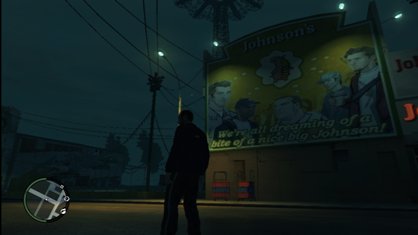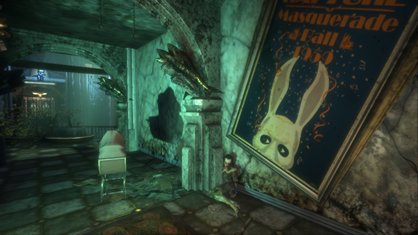Louis Pattison
Under cover of night, Niko sneaks through the inky darkness, machine gun clasped to his chest. He turns around a few times on the spot. Runs down to a dead end. Jumps against a wall for a bit. OK, the truth is, Niko – or specifically, me – cannot see what the hell’s he’s doing.

It’s just too bloody dark. I try drawing the curtains in an effort to blot out the sunlight that casts a warm glow across my TV, but I’m still left squinting into the gloom. In the end, I’m reduced to grabbing the TV remote and pumping the contrast up to +20. Thanks, realism in games, you’ve accurately depicted the sensation of walking around the middle of the night. Now, um, can someone pop a light on? The closer gaming gets to photorealism, the more this commitment to depicting reality takes hold and overwhelms usability. But when does realistic become too realistic?
Louis is a freelance games writer.
Duncan Harris
The kind of games that bug me won’t be going away any time soon. They make money. They generate hype. What games am I talking about? Good ones.

Fact is, I was raised at a time when most games were shit. And not just shit, but arguably insane. I remember when some boy asked Jimmy Saville to fix it for him to “make a game” about pushing a trolley round a supermarket. It was called Supertrolley. Was anyone ever going to buy that? Yes. I was.
Now, when I empty my pockets on laundry day, I feel the phantom rustle of coins waiting to cascade through the guts of arcade machines that no longer exist.
Weekly digests, tales from the communities you love, and more
My fellow writers will tell you I’m ‘retro enthusiast’, but what I like about games like Supertrolley (alright, maybe not that one), is that they symbolize a time when games were disposable. Seldom were they smart, post-modern, intricate or spectacular. Games were nothing but the time you spent playing them. Now games are so self-consciously important, that you rarely come across a memorable throwaway clanger.
Duncan is a freelance games writer.
Oct 1, 2008


